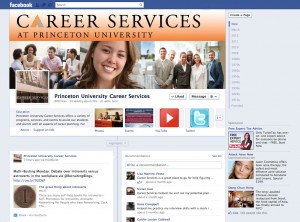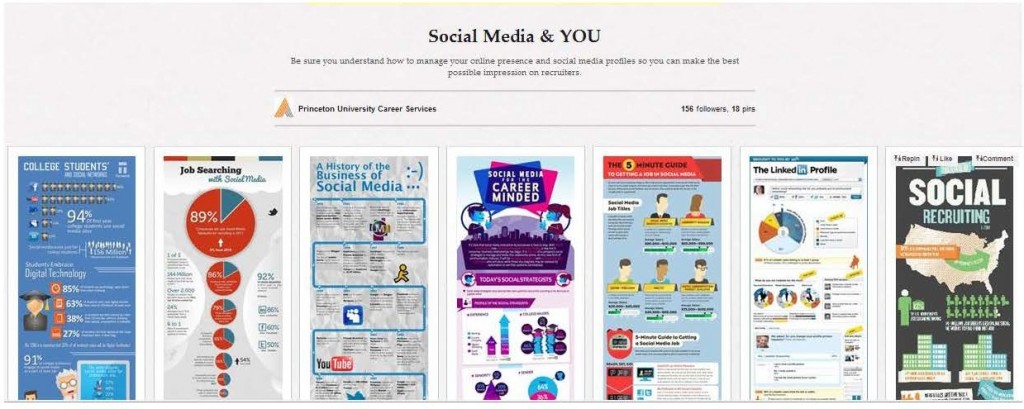This past Friday, I inadvertently observed a key tenet of Japanese business etiquette – and violated another – as I skidded into Michiko Yamashima’s presentation on Japanese Business Etiquette almost twenty minutes late. I had sprinted over to the Career Services office after an exam ran long, and slid into a back row, bending forward and inclining my head to duck into a seat. I had performed, in essence, a hurried form of the Japanese indication of respect and sincerity, the お辞儀, or formal bow. I neglected, however, to appear in full Western business attire, dark suit and conservative shoes included.
 These gestures – formal bowing, and the observance of appropriate attire—are but two of several important Japanese business customs to be observed in corporate situations. Why are these gestures necessary? And why should we Princetonians familiarize ourselves with their importance? Just as Americans expect foreigners to greet us with a firm handshake and jovial grin, so too do Japanese businessmen and women anticipate compliance with a few basic customs as a show of mutual respect.
These gestures – formal bowing, and the observance of appropriate attire—are but two of several important Japanese business customs to be observed in corporate situations. Why are these gestures necessary? And why should we Princetonians familiarize ourselves with their importance? Just as Americans expect foreigners to greet us with a firm handshake and jovial grin, so too do Japanese businessmen and women anticipate compliance with a few basic customs as a show of mutual respect.
In a business setting, junior employees should take their seats closest to the door, and take care to avoid the most comfortable chairs. Women take a relatively subservient role, and customarily serve alcoholic beverages and other drinks to their male counterparts. Resumes intended for use in Japan should include the applicant’s age and passport-sized photo. If nothing else, however, the following three aspects of Japanese business etiquette should be observed:
- Bowing is more than a neck exercise. Western-style handshakes span the spectrum from wet fish to bone-crusher; bowing, too, requires practice and precision. There are three levels of bows, Yamashima explained: the least pronounced an informal greeting, the mid-level appropriate for business meetings, and the third, deepest bow reserved for apologies. When bowing to an associate, keep it slow and measured, and make sure to maintain eye contact at the beginning and end of the gesture.
- Business card presentation is a form of art. In Japan, business cards, like credit cards, are treated as extensions of people themselves. Business cards are typically exchanged between all parties present at a meeting, and are presented and received with two hands. The recipient is expected to briefly inspect the business card, indicate admiration with a brief nod, and provide their own in return. Travelers to Japan should arrive fully stocked with business cards – it is not uncommon to hand out 100 cards in a single week!
- Dress for success – conservative, subdued success. Western business attire is commonplace in most Japanese cities, and both men and women should dress in dark suits with dark ties, socks, pantyhose, and shoes, as appropriate.
Yamashima’s message, while most useful for those anticipating a career in Japan, is applicable to all students seeking future employment: do your research, and pay attention to the customs of your workplace.








